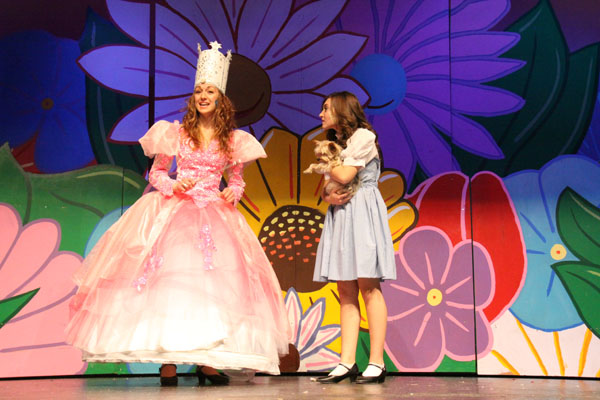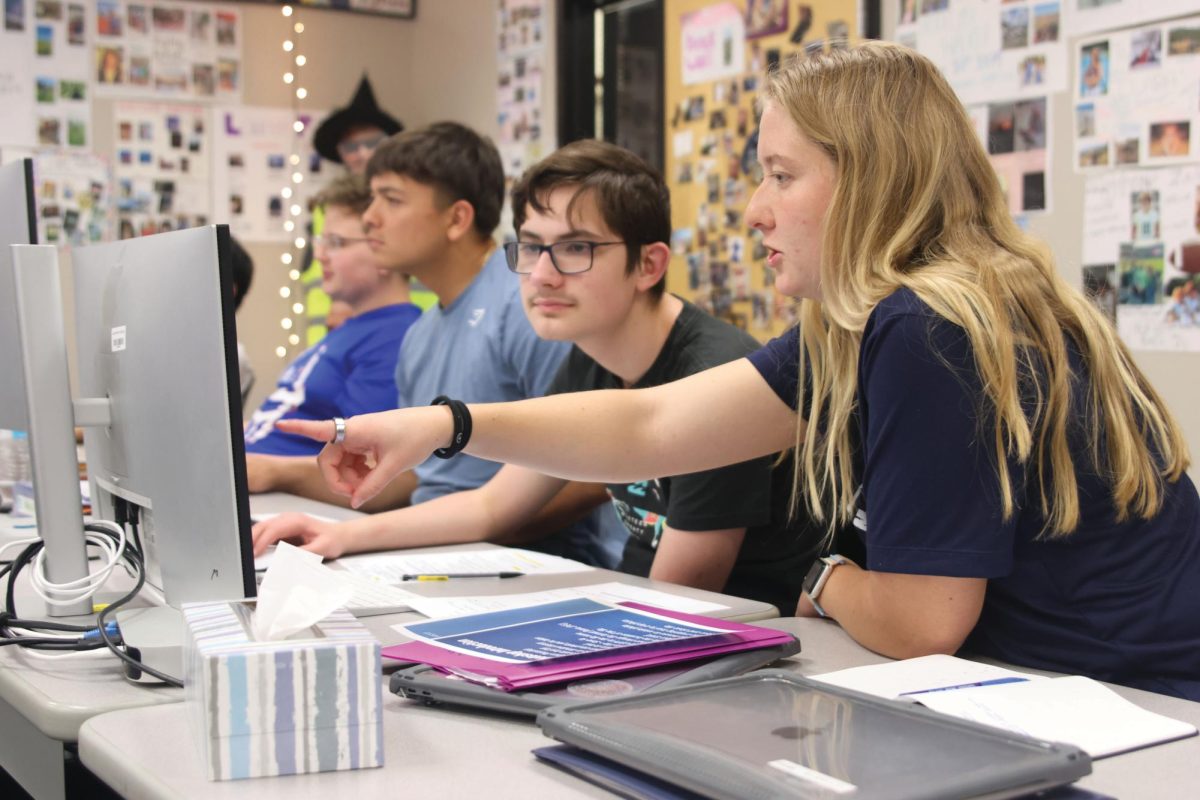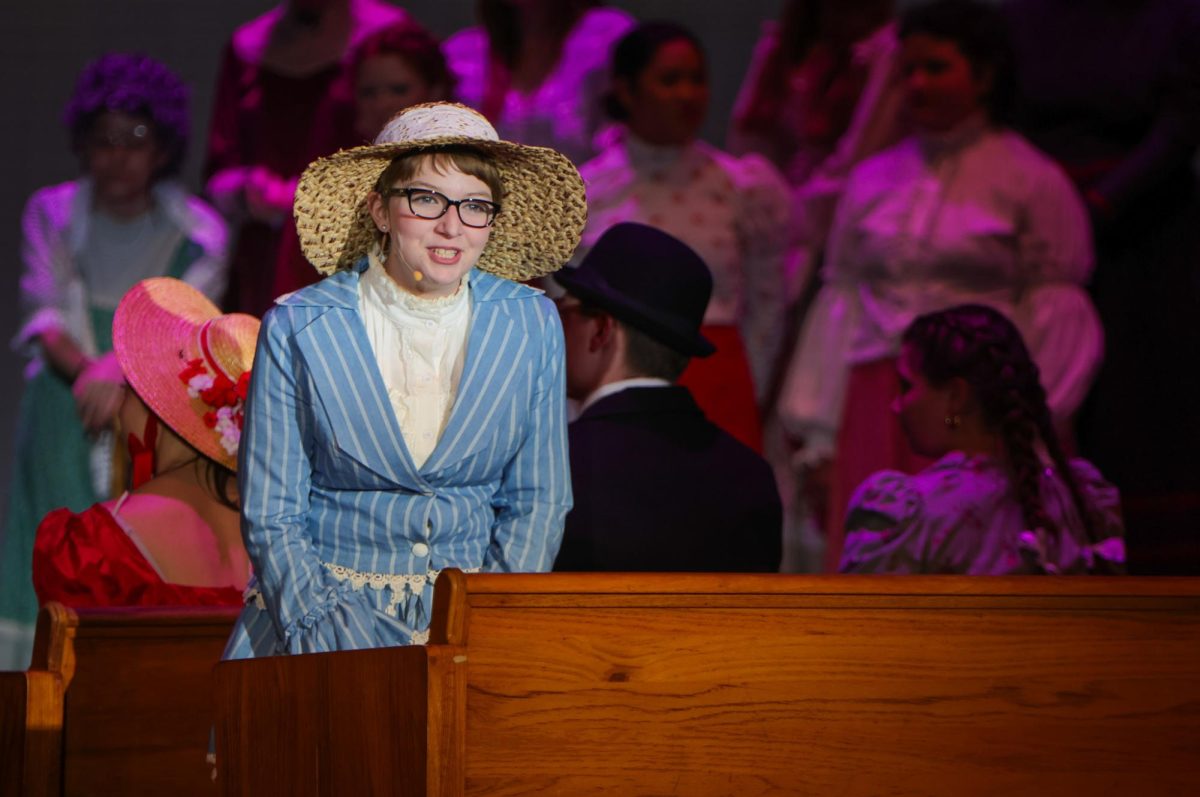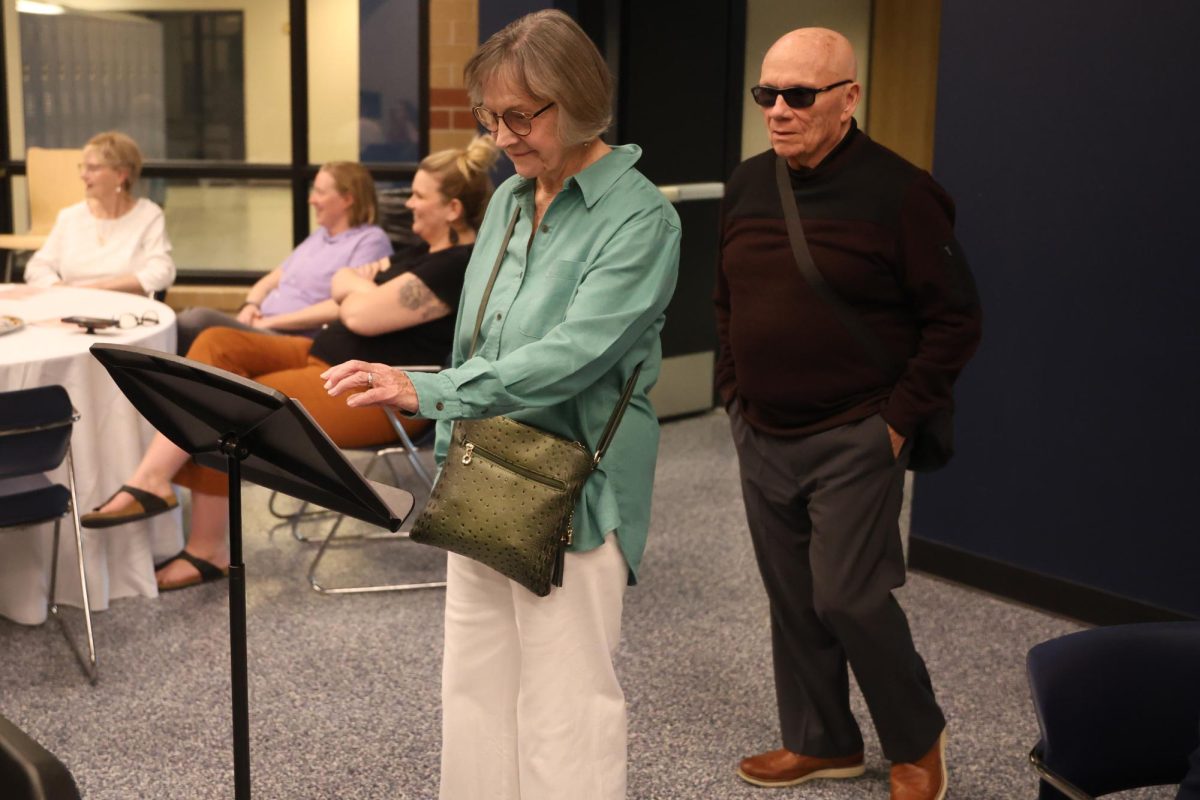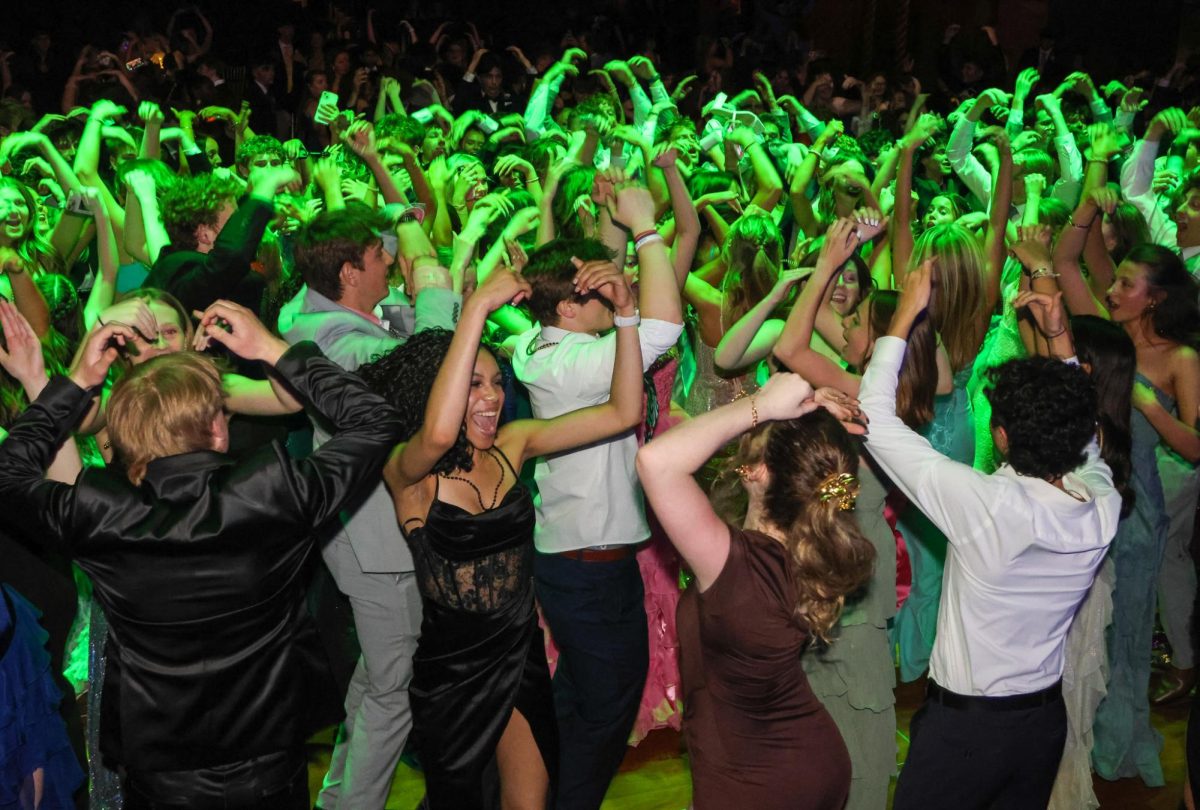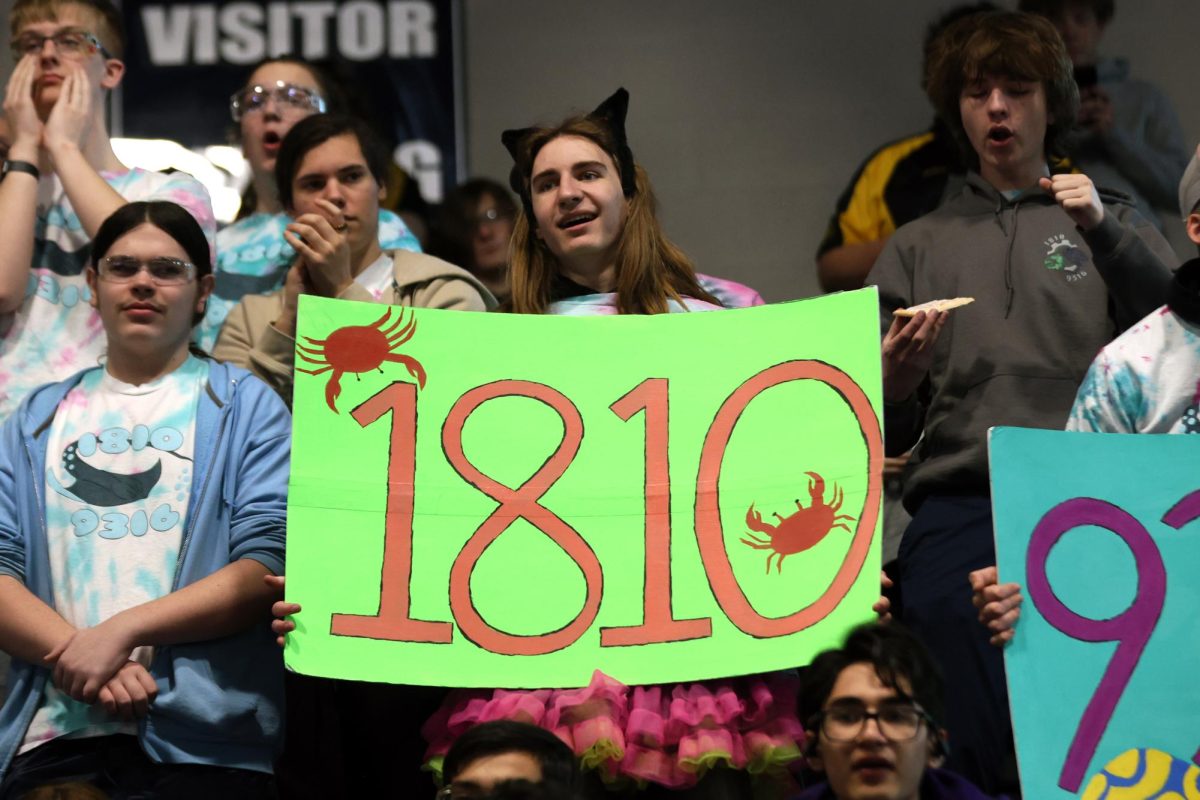Lack of space for sets challenged the cast and crew of the musical Wizard of Oz, which ran from Tuesday, Nov. 8-Saturday, Nov. 12. The show, which was sold out, featured over 20 different set pieces, including a three-part piece that was approximately 28 feet long.
“There’s so many sets in this show and there’s not enough room for them,” musical director Jon Copeland said. “People just expect impressive things from Wizard of Oz because they’ve seen the movie and it’s so special-effects-oriented.”
The set crew made up for the lack of space by storing set pieces in the hallways during practices and performances. Sophomore Martha Nguyen, who has taken charge of the musical’s set crew, helped determine how sets were handled.
“It’s really stressful because this year…it’s really crowded because of all the big sets the musical has,” Nguyen said. “So whatever can fit in the hallways, we put there.”
Set pieces have caused some difficulties for the dancers, as well.
“It has [caused issues,] like trying to space dancers around props and not knowing if they’re really going to be there or not because we don’t know where to put them,” junior student choreographer Michaela Jamison said.
The lack of space, aside from affecting the dancers and set storage, also made set changes during the show difficult. The musical’s assistant director Jerry Howard explained that set pieces would have to be “double-handled,” meaning one set would have to put on the stage in order to take another off, and then the first set would have to be moved off again.
“There’s times where you’re touching things you shouldn’t have to touch in order to get something else available,” Howard said. “It’s very challenging.”
The double-handling and large size of set pieces extended the time needed for crew members to make set changes between scenes. After the show’s first run-through on Wednesday, Nov. 2, Howard estimated some scene changes took three-four minutes. However, he hoped to have all set changes take two minutes or less by the musical’s first performance.
“You don’t want set changes to take long periods of time because you want to hold the audience’s interest in what just happened and what’s going to happen,” Howard said. “If you have long set changes, it just really breaks up the flow of the performance.”
Howard, who is working with theater productions for his second year now, approached the lack of space for sets with realistic outlook.
“Ideally, you would have a bigger theater with bigger wings, a theater with fly space,” Howard said. “It truly is a little theater.”
According to an email from the district director of administrative services and community relations Alvie Cater, in the September 2007 bond issue, there were plans included for two large theaters, one for Mill Valley High School and one for De Soto High School. The September 2007 proposal, however, was not passed by voters.
Voters did approve the bond in November 2008 that provided $75 million for the completed expansion of MVHS, the completed construction of Belmont Elementary, and the currently in-progress expansion of DHS. The November 2008 bond issue included no plans for a performing arts center.
“It would have been good to [add a larger theater] when they did the addition,” Copeland said. “That would have been a natural time to do it.”
Copeland, however, explained that space would not hinder future productions.
“We haven’t let anything limit us in terms of what we’ve wanted to do artistically,” Copeland said. “We’ll just continue to be creative and find the same kind of solutions we’ve found this year.”
Howard offered another alternative to approaching issues with set storage.
“Probably the realistic solution is to do shows that don’t require much sets because we can’t just wave a magic wand and make things bigger,” Howard said. “So I told Mr. Copeland we just have to start doing shows that don’t require so many sets.”
Despite his suggestion, Howard enjoys working with the set pieces.
“It…gives me an opportunity to do artwork that’s different than in my classroom,” Howard said. “Building sets is a lot more sculpture-type work…so I like doing it for that reason.”
According to Copeland, no other musical or play he’s directed has offered the same challenges for set storage as Wizard of Oz.
“This is just kind of a remarkable show,” Copeland said. “I guess I just try to go with what I’ve got and do the best we can do with the space we’ve got.”
Check out pictures from the musical here.


